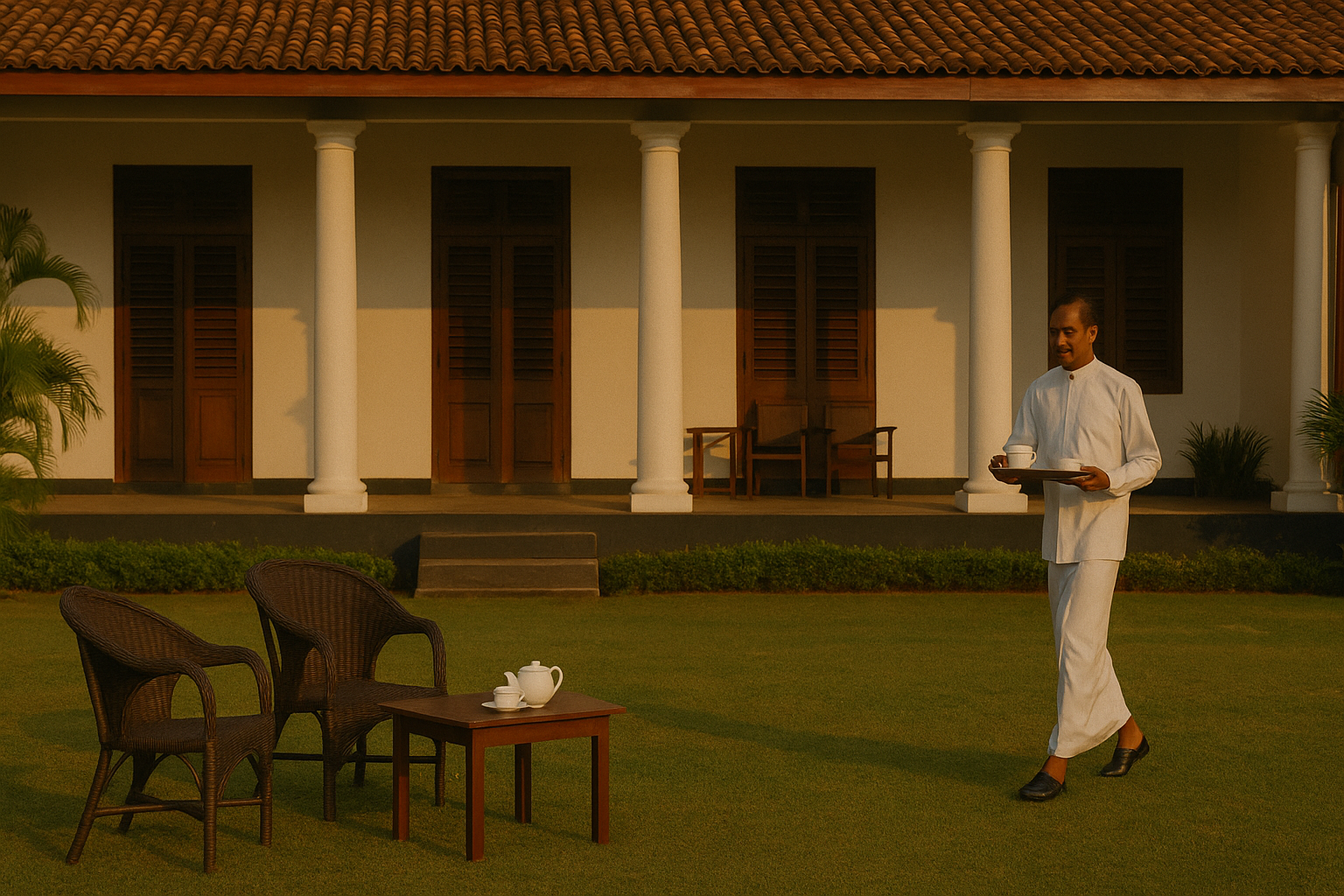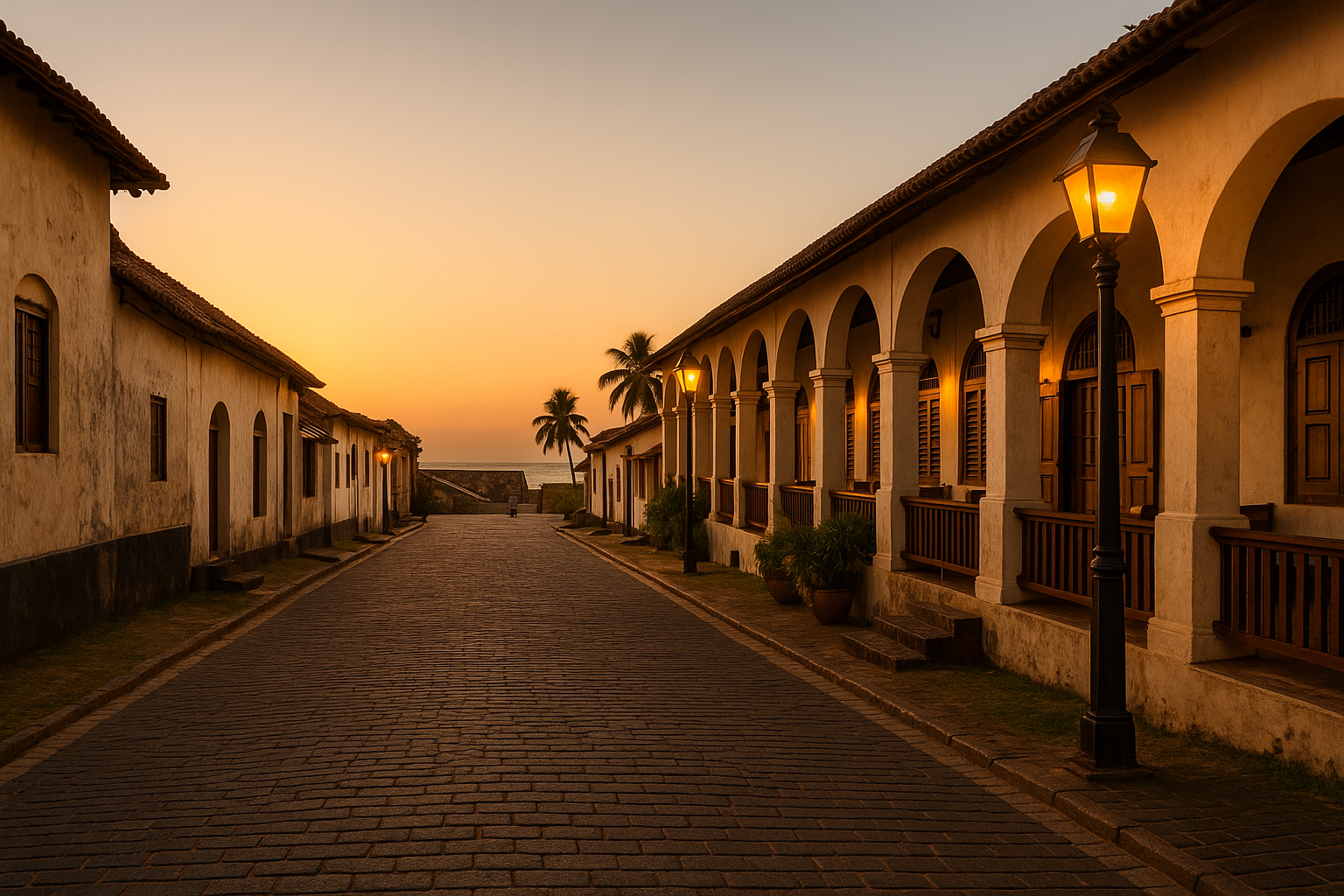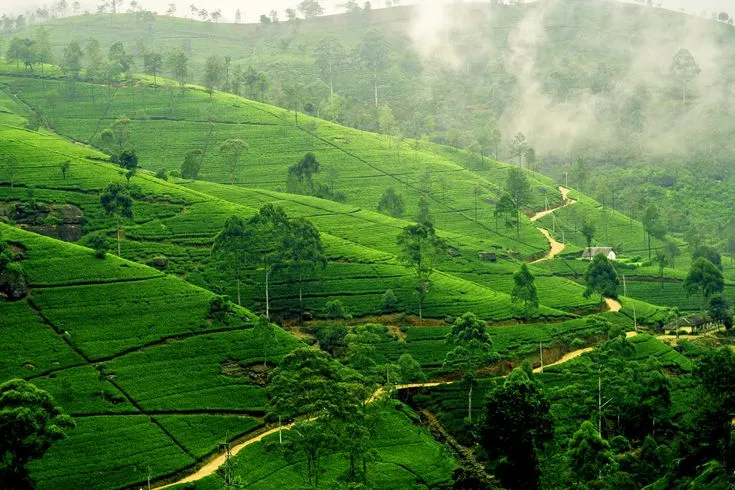Sri Lanka is often celebrated for its golden beaches, misty hills, and lush greenery—but beneath the scenic beauty lies something deeper: a sacred heartbeat that has pulsed through the island for centuries. From ancient Buddhist temples to hidden Hindu kovils, colonial-era churches, and serene Islamic shrines, Sri Lanka offers a spiritual experience that goes far beyond typical tourist circuits(Spiritual Sites). If you’re seeking quiet reflection, cultural immersion, or a new kind of adventure, these sacred trails reveal a different side of paradise.
A Journey Beyond the Usual
Most travelers visit the famous Temple of the Tooth in Kandy or climb the majestic steps of Mihintale. While these are powerful spiritual landmarks, Sri Lanka’s soul is also found in its lesser-known sanctuaries—where monks chant quietly at dawn, villagers gather for humble rituals, and time moves slowly.
Let’s step off the beaten path and into the sacred spaces that offer peace, history, and timeless beauty.
1. Buduruwagala: The Whispering Stone Giants of the South

Tucked into the jungles near Wellawaya lies Buduruwagala, a colossal rock carving dating back over 1,000 years. The central Buddha figure stands at over 50 feet tall, flanked by serene Bodhisattvas. Unlike the busy city temples, Buduruwagala is silent, still, and meditative. Birds call overhead, and the wind brushes the trees—perfect for spiritual travelers and photographers alike.
Travel Tip: Visit early morning to catch the carvings in soft golden light. Pair this with a visit to nearby Diyaluma Falls for a serene nature-spirituality combo.
2. Madhu Church: A Sanctuary of Unity



Located deep in the Mannar district, Our Lady of Madhu Shrine is not only one of the oldest Catholic churches in Sri Lanka, but also a symbol of resilience and peace. During Sri Lanka’s civil war, both Tamil and Sinhalese pilgrims continued to visit, praying side by side under the same roof.
The annual August Festival draws thousands, but the rest of the year offers a quiet space to reflect.
Why It Matters: It’s a rare example of religious harmony and a chance to understand Sri Lanka’s diverse faith history from a deeply human perspective.
3. Katharagama: Where Belief Blends
Katharagama is more than a temple—it’s a spiritual melting pot. Revered by Buddhists, Hindus, Muslims, and even indigenous Veddas, this sacred town in the deep south pulses with devotion. Devotees walk barefoot for miles to attend the Esala Festival, a dramatic event with fire walking, drumming, and offerings.


Yet even outside the festival season, the energy here is palpable. Visit the Kiri Vehera, the Katharagama Devalaya, and take a meditative walk along the banks of the Manik Ganga.
Don’t Miss: The nightly puja (ceremony), where coconuts are smashed as a symbolic offering.
4. Nainativu (Nagadeepa): Island of Legends



Off the coast of Jaffna, Nainativu Island—also known as Nagadeepa—is a spiritual twin offering two of Sri Lanka’s most important shrines: the Nagadeepa Viharaya (Buddhist) and the Naga Pooshani Amman Kovil (Hindu). These two temples sit a short walk apart, and many pilgrims visit both in the same day.
The ferry ride to the island feels like a pilgrimage itself, crossing turquoise waters with salty wind in your hair and prayer flags fluttering above.
Best Time to Go: During the annual Ther Festival (usually in July), when the island is transformed with color, music, and faith.
5. Sufi Shrines of the East: A Quiet Mysticism

While much of Sri Lanka’s spiritual tourism centers around Buddhist and Hindu landmarks, the Sufi shrines of the Eastern Province offer a unique blend of Islamic mysticism and local folklore(Spiritual Sites). In places like Kattankudy and Eravur, small dargahs (shrines of Islamic saints) draw faithful followers who come to seek blessings and healing.
These spaces are quiet, deeply personal, and infused with stories of devotion that transcend borders.
Pro Tip: Dress modestly and respectfully. Visitors of all faiths are welcome, but cultural sensitivity is essential.
6. The Cave Temples of Dambulla: Layers of Devotion



While Dambulla is a known tourist spot, many overlook its spiritual depth. The Dambulla Cave Temple Complex is a UNESCO World Heritage site not just for its history, but for its sheer devotion(Spiritual Sites). Inside the five caves are over 150 statues of the Buddha and vivid murals that tell centuries-old stories of enlightenment.
Each cave is different—some grand, others intimate. Together, they represent the layered, living faith that has guided Sri Lanka for millennia.
Why Go: It’s the perfect intersection of art, history, and spirituality.
7. Ritigala: The Forgotten Monastery in the Jungle
Unlike polished temples, Ritigala is a ruin reclaimed by the forest. Located between Habarana and Anuradhapura, this ancient Buddhist monastery complex is nestled deep within the Ritigala Strict Nature Reserve(Spiritual Sites). As you walk through moss-covered stone steps and tree-shaded paths, there’s a haunting silence that feels almost supernatural.

Legend has it that a part of the Himalayas fell here when Hanuman flew to Lanka with medicinal herbs.
For the Soul: It’s a powerful reminder of impermanence—and the beauty of the spiritual path.
Finding Your Own Sacred Trail – Spiritual Sites
You don’t have to be religious to feel something sacred in these places. Sometimes it’s the stillness(Spiritual Sites). Sometimes it’s the echo of chants, the scent of incense, or a stranger’s smile during a ritual.
Spiritual travel in Sri Lanka invites you to:
- Slow down.
- Walk barefoot.
- Listen deeply.
It asks for more than sightseeing—it asks for presence.
Practical Travel Tips for Sacred Trails
- Dress modestly: Always cover your shoulders and knees when entering temples, kovils, churches, or mosques.
- Respect rituals: Even if you don’t participate, observe respectfully.
- Avoid loud conversations and photography during prayers or ceremonies.
- Carry offerings: A simple flower or candle is appreciated at most places.
- Learn a few local words: Saying “Ayubowan”, “Vanakkam”, or “As-salamu alaykum” goes a long way in showing respect.
Final Thoughts: Pilgrimage as a Personal Journey
In a world that moves too fast, these spiritual sites offer stillness. In a culture saturated with digital noise, they whisper ancient truths(Spiritual Sites). Whether you’re looking for answers, inspiration, or just a quiet place to breathe, Sri Lanka’s sacred trails welcome you—not as a tourist, but as a seeker.



